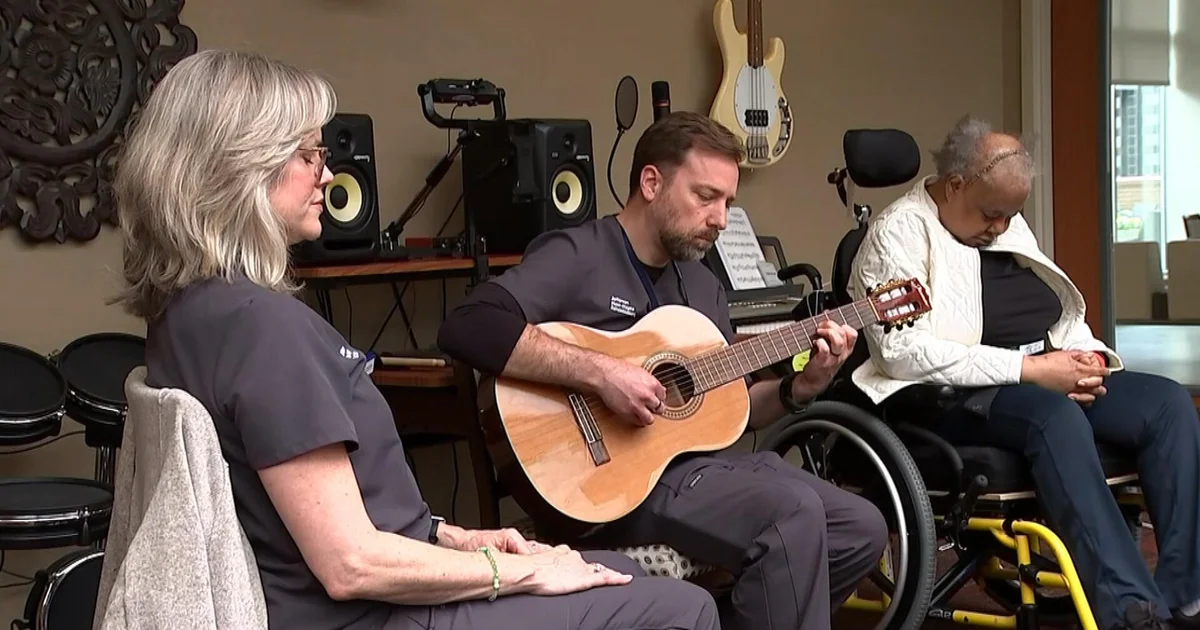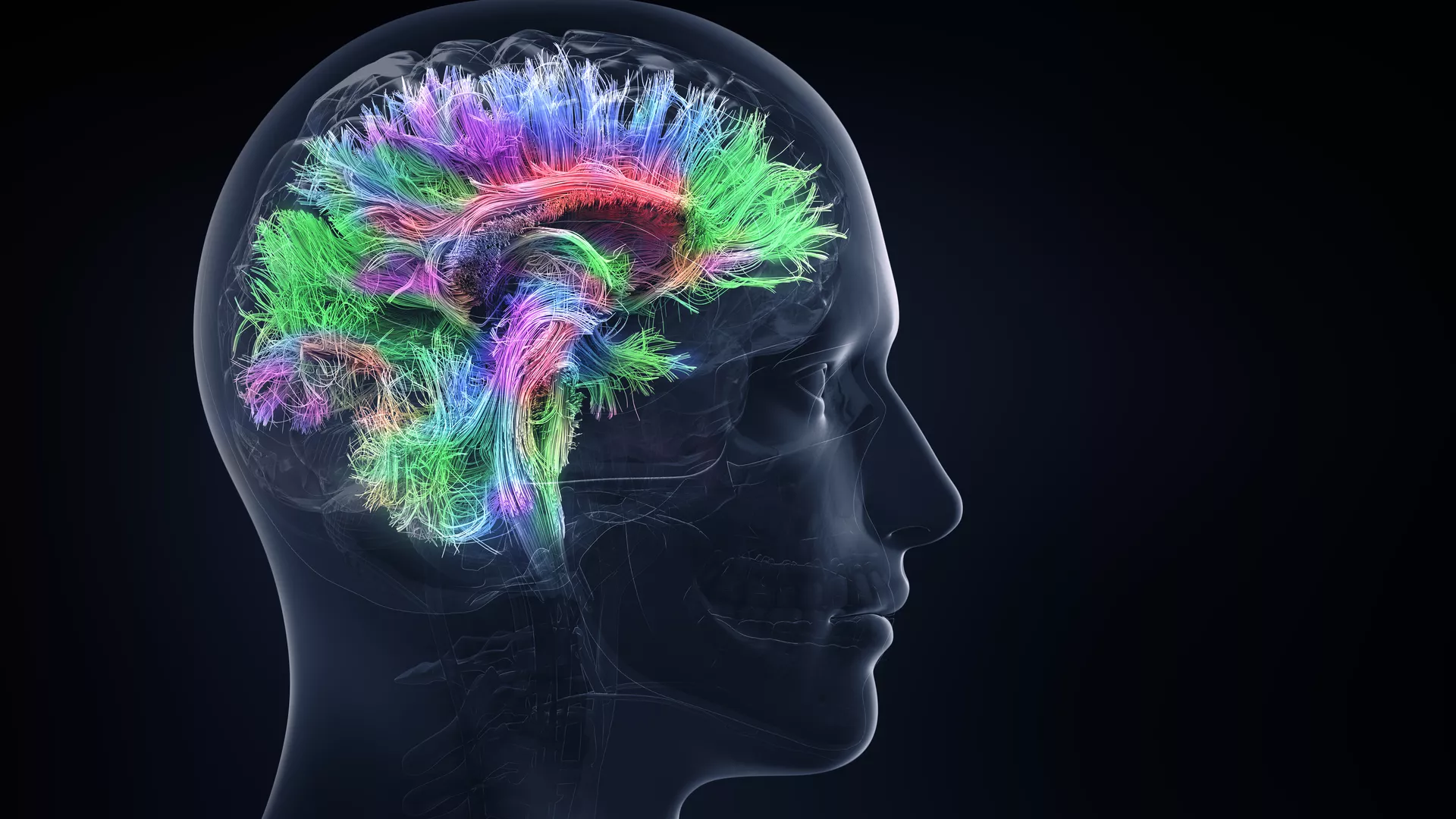The Jefferson Moss-Magee Rehabilitation Center in Philadelphia has introduced a program called ‘Music and Mindfulness,’ aimed at helping patients manage pain and anxiety during their recovery. This innovative approach combines music therapy with mindfulness practices to support patients in a comprehensive way.
Traditional rehabilitation often focuses on physical and occupational therapies, which, while essential for recovery, can lead to increased stress and discomfort for patients. The ‘Music and Mindfulness’ program addresses these issues by providing a therapeutic environment where patients can engage with music as a tool for relaxation and emotional regulation.
John Glaubitz, the music therapist who spearheaded the initiative, recognizes the interconnectedness of mental and physical distress. He states, ‘Mental distress and physical distress kind of feed off of each other.’ His approach incorporates not only music for relaxation but also methods for managing stress, pain, and social interactions. Patients learn to use music as a means to achieve emotional goals alongside their physical rehabilitation objectives.
Patients participating in the program report a marked improvement in their experience during recovery. Dorothy Harvey, a participant, shared her perspective: ‘It’s amazing. It’s a welcome break from the stress of being hospitalized.’
In addition to music, the program teaches breathing techniques and meditation practices, which help patients calm their minds. Lynn Falk, a movement therapist, emphasizes the importance of focusing on bodily sensations and breath, particularly for those experiencing pain or loss of sensation. This focus can be especially beneficial for patients like Ann Jones, who is recovering from brain tumor surgery. She expressed gratitude for the program, noting, ‘This has been difficult for me to process how my life has changed. I’m very fortunate to be able to participate.’
The ‘Music and Mindfulness’ program is not limited to just music therapy. It also includes art and horticulture therapy to further assist patients in regaining a sense of normalcy and connection with the world outside the hospital. These complementary therapies engage patients in various ways, encouraging movement and creativity during a challenging time.
Glaubitz finds fulfillment in his role, stating, ‘It’s great to be able to help people who really need it. Everybody here is going through one of the most difficult times in their life, and you get to be part of the solution.’ The program demonstrates how integrating creative therapies can significantly improve the rehabilitation experience, offering relief from the emotional and physical challenges faced by patients.
Overall, the ‘Music and Mindfulness’ program at Jefferson Moss-Magee Rehabilitation exemplifies a holistic approach to patient care, addressing both mental health and physical recovery through innovative therapeutic strategies.



